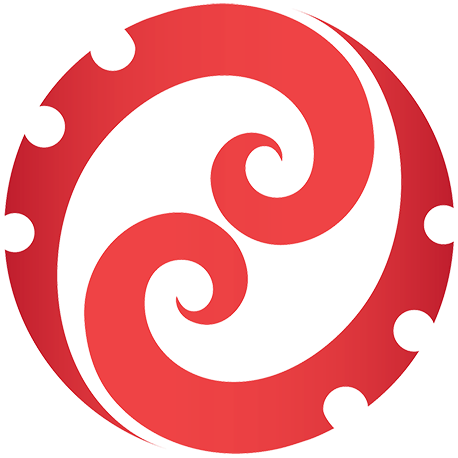Mātai Hāora - Centre for Redox Biology and Medicine (formerly the Centre for Free Radical Research) is a group of scientists who have combined their expertise in chemistry, biochemistry, molecular biology and cell biology to establish one of the most recognised centres for redox biology in the world.
Our mission is to reveal the fundamental processes associated with oxygen metabolism in cells, and use this knowledge to help diagnose and treat human disease.
Current research
Some of the projects we are interested in are:
- Helping our immune system use oxygen to kill the bacteria that cause serious infections
- Disrupting the antioxidant defences of cancer cells to limit their ability to proliferate and spread, and to become resistant to treatment
- Detecting early signs of damage in inflammatory diseases to assist with treatment decisions and the testing of new drugs
- Measuring changes in our cells during ageing to help understand the underlying processes, and monitor strategies aimed at reducing the burden of age-related disease
We sell kits for measuring biomarkers of oxidative stress to other laboratories, under the trading name Redox Innovation.
Find out more about our current research
What is redox biology?
Oxygen is essential for life. Much of the energy we require to live comes from the controlled transfer of electrons from our food to oxygen inside specialised organelles called mitochondria. However, oxygen can also be dangerous, stealing electrons from critical parts of cells to cause damage. The movement of electrons to and from oxygen inside living cells involves reduction and oxidation reactions, and is termed “redox biology”.
What does the name Mātai Hāora mean?
In Māori, 'hāora' is the word for oxygen while 'mātai' means to investigate. 'Hā' refers to the breath that is drawn into the body to be transformed and energise us, while 'ora' means wellbeing / health / life / vitality. Our logo contains two koru meeting in a hongi, a traditional Māori greeting where two individuals press their noses together to share the breath of life. The craters in the koru are based on the traditional kape motif symbolising the moon (marama), which in Te Ao Māori represents enlightenment.
